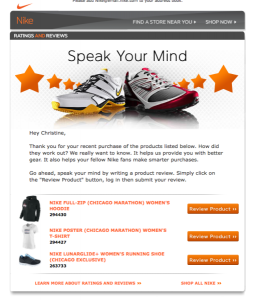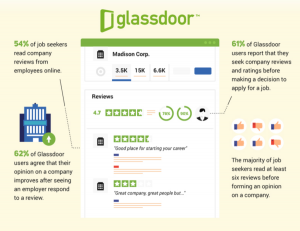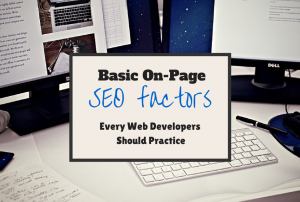When the pandemic brought consumer spending to a screeching halt, businesses turned to one marketing tool that could still reach people in quarantine: social media. According to The CMO Survey, social media spending accounted for about 23% of marketing budgets in June 2020 — a 74% increase from February. This investment resulted in a 24% performance boost for those companies.
If you’ve followed a similar marketing approach, don’t overlook sonic branding in your social media marketing. You’re probably already using social media to communicate your brand voice and personality in visuals and copy, but audio elements will take your strategy to the next level. Sounds stick with you; think about Intel’s five-note “bong” or McDonald’s “I’m Lovin’ It” jingle. The fact that these tunes are permanently ingrained in your brain should tell you how impactful sound can be.
Just remember that you need to approach the four major social media platforms (Facebook, YouTube, Twitter, and Instagram) differently in terms of sonic branding. Each one has a distinct audience, so you’ll need to tailor your strategy for each channel. Your sonic branding can still feel cohesive, even if you’re expressing it in different ways. Here’s how you can maximize your sonic branding efforts for each platform:
1. Incorporate sonic branding into videos on Facebook.
With more than 2.7 billion active users, Facebook is the largest social media platform in the world. About 500 million people use Facebook Stories each day, so try adding distinct audio elements to your next video collection. Is there any on-brand music that you can play over a product feature? Do you have a designated spokesperson for your Facebook account? The more recognizable your brand, the more likely people will interact with you.
2. Create animated sound logos for videos on YouTube.
Video is the fastest-growing content medium, and more 18- to 49-year-olds watch YouTube on mobile than even broadcast or cable TV. Because people frequently let videos run in the background as they tackle other tasks, there are plenty of opportunities for sonic branding on YouTube. Take an audio-first approach and add sonic logos to the beginning and end of each video to reinforce your brand and commit it to the listener’s memory.
3. Use voice tweets on Twitter.
Twitter is a powerful communication platform, but words on a screen can’t convey the subtle inflections and tones of a human voice. To give users more contextual interactions, Twitter created voice tweets: short snippets of sound that serve as an audio version of the platform’s signature posts. As a company, you can use this feature to reach Twitter’s younger audience. Just make sure to add transcriptions to improve accessibility.
4. Blend brand music into reels on Instagram.
Instagram is a predominantly visual medium, so there’s an even bigger opportunity for you to experiment with audio using the platform. Post videos to your feed that feature your sonic logo, and consider creating voice-overs for reels. Business accounts can’t use copyrighted music, so you’ll have to develop and capitalize on your own songs and sonic elements.
Every business cares about its image and defining features, so don’t neglect your sonic branding. Social media marketing presents an excellent opportunity for you to capitalize on audio and capture consumers with your unique sound.
Want to learn more about the rise in voice technologies and trends? Download my company’s 2021 Voices Annual Trends report to hear our top four predictions for this year.
Digital & Social Articles on Business 2 Community
(49)







